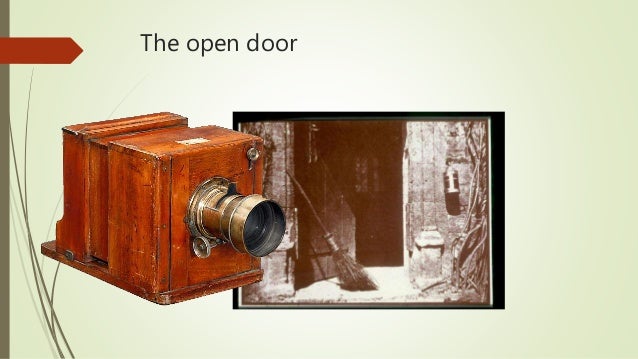Nothing was planned I just asked them if I could take a picture while they are studying, and they accepted.
Photojournalism is something powerful but we need to know how to use it. If we use photojournalism for the good of the society we will make it very informative. Being very directly, photojournalism is the action to inform the society (people) what is happening around the world through real pictures. The pictures have the power to show the feeling of the people involved in the pictures.
The history of photojournalism is very long. People since 1800s trying to create new and different ways to record moments, special moments. They have tried everything until we get the digital cameras nowadays. It is kind of important to know the history of photojournalism because we can see what people have done, what they have been through and what methods they already use, so in my opinion is important to know the history of something before you try to innovate or implement something.
The last assignment made me think a lot and I tried to innovate and I got it. I did a research about Robert Capa, a great photojournalist. It made me use my creativity and I did a video on YouTube talking about his history.

What feelings does the image create? I know they are in the war but it is not visible, for me they are in an any day playing like kids as they have anything to be worried about. This image shows me the purity of the kids.
Another Assignment that I had to think a lot was the technology timeline. This assignment was another one that I had to be creative and use good part of my brain. I did a power point presentation about the technologies which are around us (human being) since 1800s.


This was part of my presentation which I talk about William Henry, his camera and his most famous photo.
After I have been through this course I still do not change what I said when I was asked if photographs change the world. In my opinion photographs can change the world for either good way or bad way, it is up to us. We need to use the power of the photos to the good way. Pictures can save people, can make moments least forever and can help the society to be more helpful to each other.
I feel photojournalism today is a way easier. People can take pictures with one click (touch), is too easy, now if we talk about 200-100 years ago it was completely different. It is impossible to imagine how hard was for them. They had to hustle a lot. I feel more connected with the present photojournalists because I cannot compare myself with the old ones. They are legends, pioneers they started everything and today I have everything so easy, it would be very wrong of me compare my self with them.
Reading my classmates work I learn some good things which made me stop to think about photojournalism.
On Maria's blog post she said "People need to see the importance of what is going on, and try to trigger a way to want to do their part and help." It made me go back to my point which I say that photojournalism has two ways to be promoted the good one and the bad one. We choose which way we are going to use. She was talking about the ocean and the animals on it. From this one we as the population of the world we should WAKE UP before it be too late.
“I try to photograph honestly but with a sense of compassion so that a mass audience can make a human connection with the people in the pictures. If that happens, then change becomes possible.” I found this sentence on Leah's blog and it basically says to be connected, let's be connected, let's help each other because at the same time we are sitting eating something there is people starving in another place.

On Haley's blog one thing called my attention. "She did whatever it took to be sure that she was recognized. She strived to be the voice for those who were struggling and made sure that their stories were heard by the public." Do whatever it takes to make history, to be important and make sure people will listen you. A photo can change the world but not by itself.








